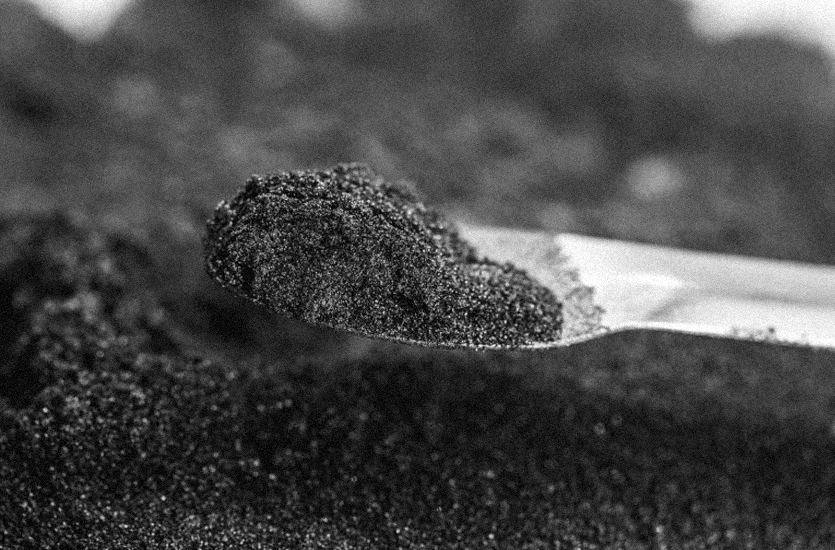For the small systems mentioned above, Comex has three product groups:
Grinding and separating system based on a ball mill and separator – BMX-400
Grinding and separating system based on a jet mill and separator – JMX-50
ACX-50 Aerodynamic Separation System
Each group represents a different type of application. The first two groups are grinding systems that use different grinding devices. The advantage of these systems is that laboratory tests can be carried out with very little material. They are compact systems and can work in small laboratories and offices. Their operation requires a standard single-phase 230 V power supply and a small amount of compressed air. In the absence of compressed air supply, it is possible to install a small laboratory compressor, also powered by a single-phase standard installation. The capacity of the systems is very low (from a few to a dozen or so kg/h).
In addition, in order to enable the system to work in various ambient temperatures, the BMX system is equipped with an electric heater that allows you to obtain a grinding temperature in the range of 20-150 ° C. This is a very important element of optimization, due to the fact that most industrial-scale milling systems operate at much higher temperatures than room temperature. The properties of the material can undergo large changes during fluctuations in the working temperature of the mill.
The JMX-50 jet mill system uses a flow control system based on measuring the negative pressure of the grinding chamber. This gives the possibility of stable control of the air stream flow, which often has a significant impact on the grain division in the separator installed in the upper part.
The above grinding systems are supported by an external ACX-50 aerodynamic separator – the last of the presented systems is a separate classification system based on this type of separator. Microsystems are fully automated and allow for complete registration of parameters. Feed in all systems is fed by a screw feeder. In addition, the feeder in the BMX system is equipped with a system for dosing any chemicals to improve the grinding process.


